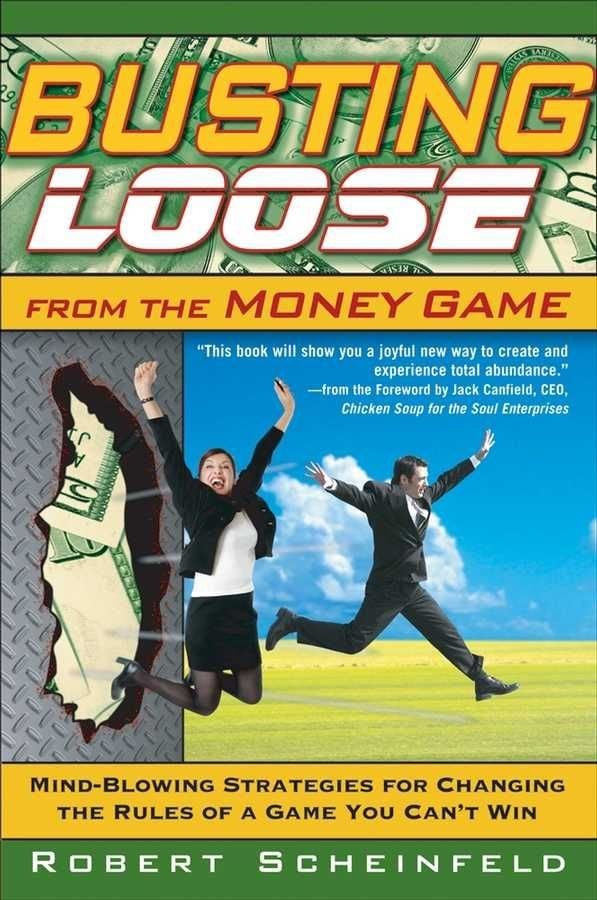The theoretical foundation for real options goes back to the mid 1980s and the development of a model that forms the basis for many current applications of real option theory. Over the last decade the theory has rapidly expanded and become enriched thanks to increasing research activity. Modern real option theory may be used for the valuation of entire companies as well as for particular investment projects in the presence of uncertainty. As such, the theory of real options can serve as a tool for more practically oriented decision making, providing management with strategies maximizing its capital market value. This book is devoted to examining a new framework for classifying real options from a management and a valuation perspective, giving the advantages and disadvantages of the real option approach. Impulse control theory and the theory of optimal stopping combined with methods of mathematical finance are used to construct arbitrarily complex real option models which can be solved numerically and which yield optimal capital market strategies and values. Various examples are given to demonstrate the potential of this framework. This work will benefit the financial community, companies, as well as academics in mathematical finance by providing an important extension of real option research from both a theoretical and practical point of view.












